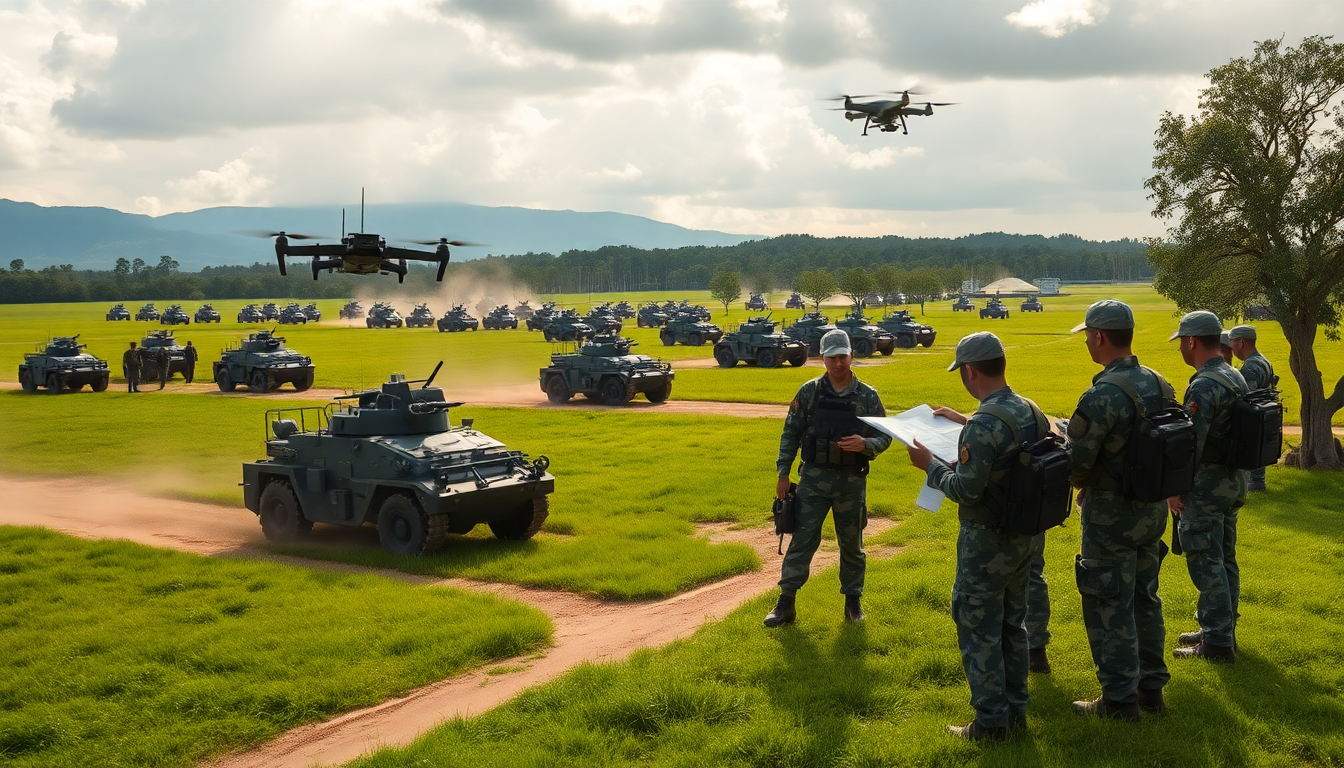Table of Contents
The recent Expanded Han Kuang Exercise has raised the bar for military training, moving beyond just battlefield tactics to simulate a prolonged attack scenario. Major General Tung Chi-hsing, who heads the defense ministry’s joint operation planning division, has pointed out that this year’s drills are the most intensive Han Kuang exercises ever conducted. What’s particularly interesting is that the focus has transitioned from isolated attacks to a more comprehensive strategy that prepares for a drawn-out conflict across various environments, from beaches to urban areas, and even considering societal impacts.
A New Perspective on Military Readiness
This exercise isn’t just another routine military drill; it signifies a major shift in how military readiness is viewed. By embracing a scenario-driven model, the exercise allows military personnel to prepare for complex conflicts that challenge traditional views on warfare. The takeaway here is significant: the military is gearing up for a future where engagements could be lengthy and complicated, requiring a dynamic interplay of tactics and strategies that evolve over time.
Involving multiple branches of the military, these exercises emphasize joint operations that reflect the realities of modern warfare. This integrated approach is essential, mirroring the complexities of today’s battlefields where land, air, and sea forces must collaborate to effectively tackle threats. Isn’t it fascinating how interconnected everything has become in military strategy?
Key Objectives and Training Focus
The strategic goals of the Expanded Han Kuang Exercise are crystal clear: enhance readiness for prolonged conflict scenarios. By simulating a series of staged attacks, the military is testing its logistical capabilities, communication networks, and command structures under sustained pressure. This comprehensive training is key, as it helps military leaders pinpoint weaknesses and areas for improvement that might go unnoticed in shorter, more conventional drills.
What’s more, the exercise brings in civilian perspectives and societal impact considerations—an aspect often overlooked in traditional military training. Recognizing that society plays a crucial role in national defense highlights the importance of the military engaging with and understanding the civilian landscape. It’s all about ensuring that operations take into account how they might affect everyday people. Have you ever thought about how military actions can ripple through society?
Looking Ahead: Regional Security Implications
As the Expanded Han Kuang Exercise unfolds, its implications for regional security and international relations are hard to ignore. The scale and intensity of these drills could be interpreted by neighboring countries as a signal of intent, potentially heightening tensions in an already fragile region. Observers will be closely monitoring how these exercises might shape military postures and diplomatic relations in the future.
Given these developments, it’s essential for policymakers to engage in dialogue that addresses the underlying security concerns driving such exercises. Understanding the motivations behind military actions can lead to more effective diplomatic strategies that foster stability and peace in the region. Isn’t it intriguing how military exercises can impact not just defense strategies but also international relations?


